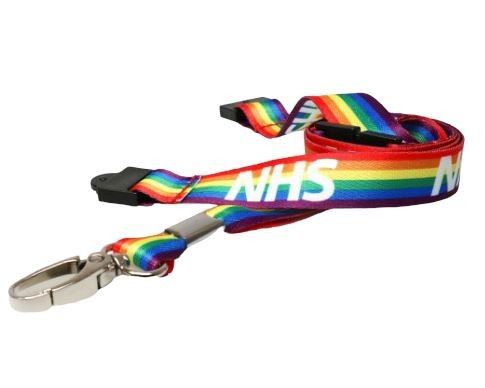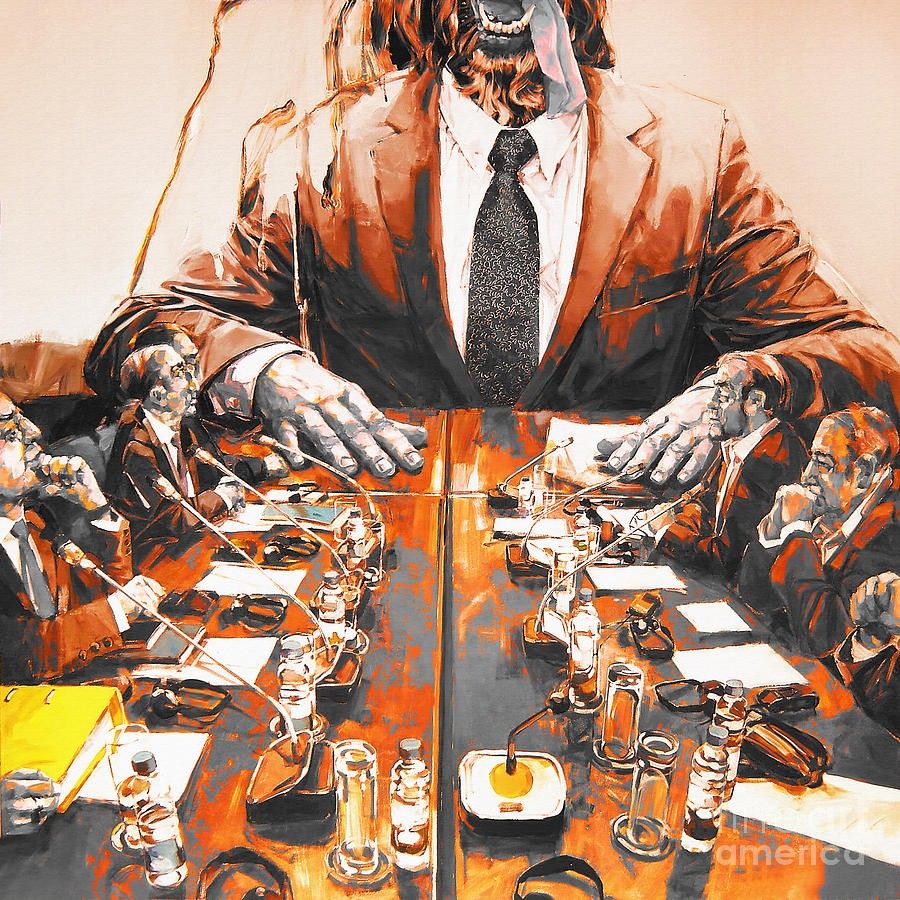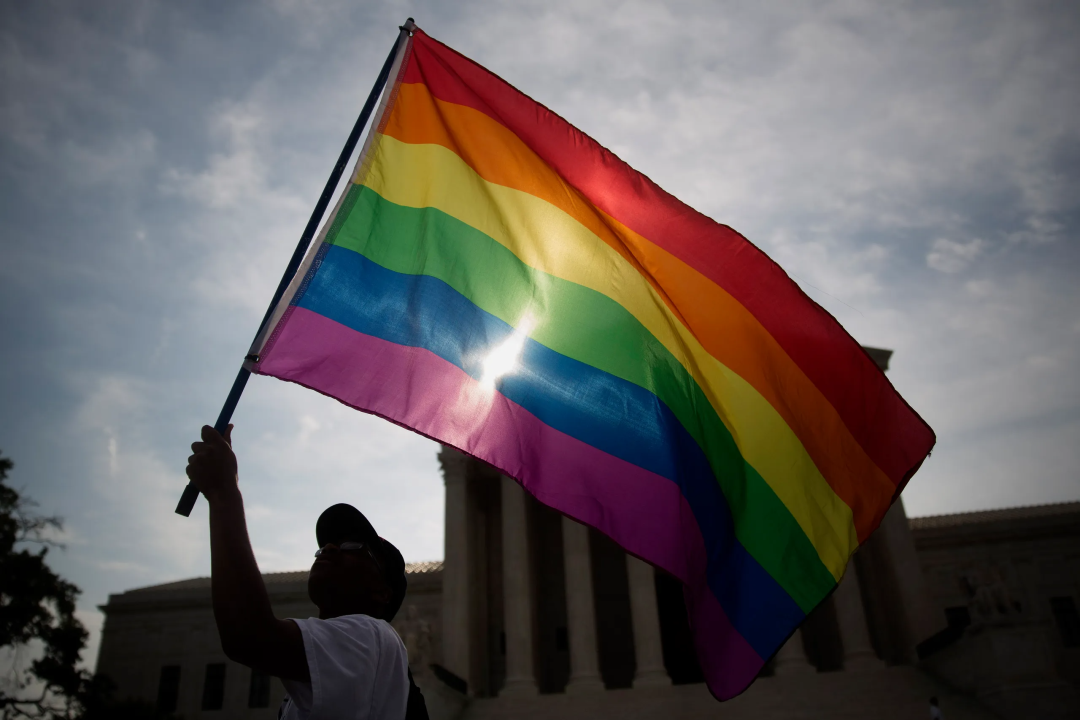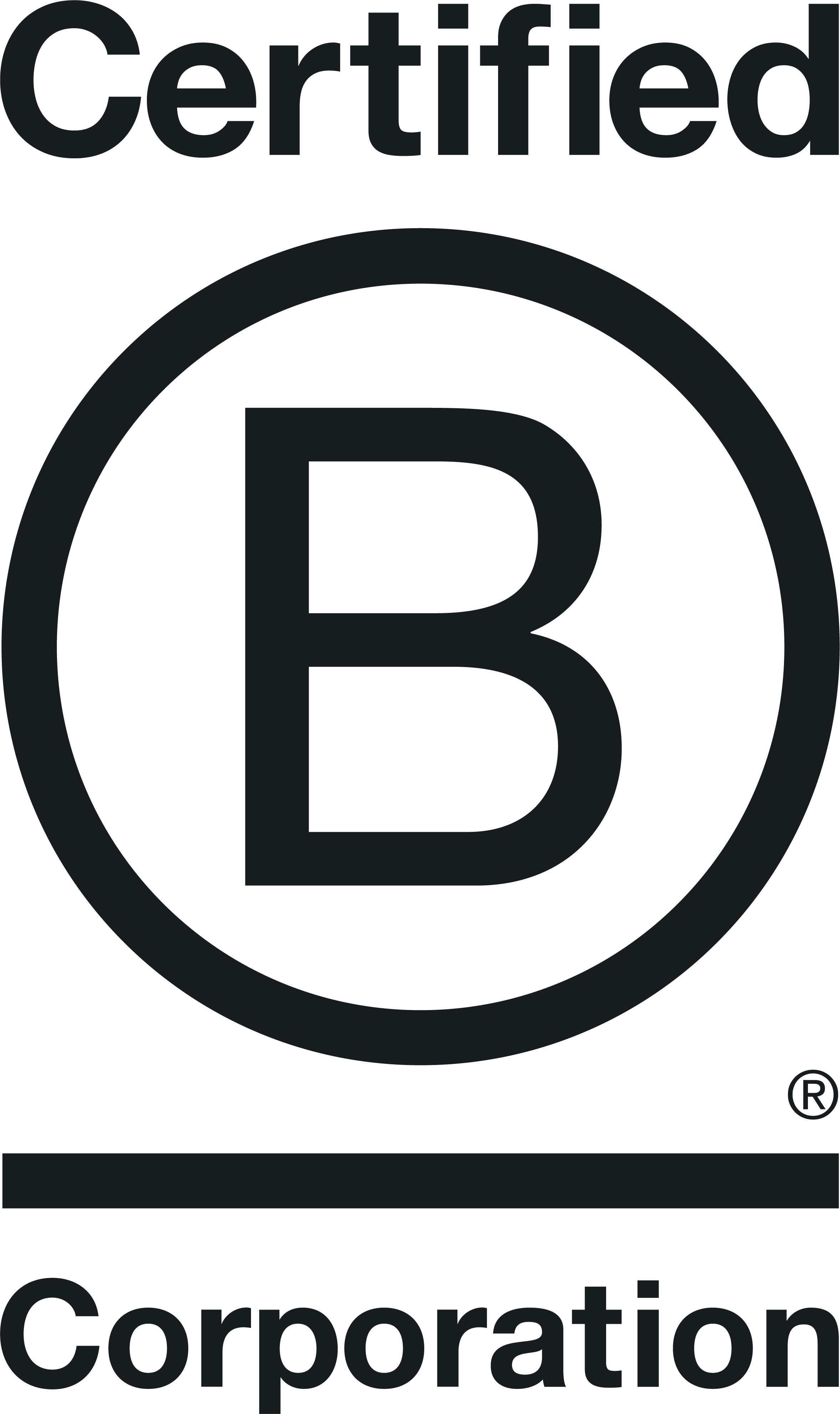A few weeks ago, I wrote about Ester McVey's attempt to ban rainbow lanyards in public sector workplaces. She’s now back-peddled (and denies it ever happened), thankfully, because, well, what a ridiculous idea. But it did raise (at least) three interesting questions around queer symbology and use of ‘political’ identifiers in the workplace that have provided interesting lunchtime debate fodder for a couple of weeks since.
Three of the most interesting discussion points have been:
1. How do we deal with the tricky classification of things as ‘political’ symbols in places that have to be ‘non-partisan’?
2. If question one can’t be resolved, and people can’t get away from the idea that politics is being brought into the workplace, can it be solved by design?
3. Might there be another solution to the need to express solidarity, allyship and support, that doesn’t have the issues that some people seem to object to?
The answers to all three questions are not clear cut, but by discussing them in a civil, open-minded and respectful way, maybe we can overcome politicised virtue-signalling and get back to what really matters – achieving unity, representation, equity and progress. That’s exactly what we did a couple of weeks ago and here’s some of what came out the discussions. I’d love to hear your views on the subject in the comments.

1: How to deal with the classification of things as ‘political’ symbols
I never really saw the rainbow flag as a ‘political symbol’ before, but maybe ittechnicallyis? Several notable people in the LGBTQIA+ movement itself have described it as knowingly political, including the designer of the rainbow flag himself, Gilbert Baker. Speaking to the LGBTQIA+ community in writing this post – albeit a very small sample of it – their feedback was they saw the rainbow flag as a social symbol, a way of saying ‘I belong in that group’, but recognised that this symbol has subsequently been appropriated as a political one. Both can be true. The example of the Union flag was raised; clearly a symbol of nationality, but one that has been appropriated by the BNP to the extent that some British people feel its use borders on jingoism.
Whether politics is part of the intended role of the rainbow flag or not, my personal observation is that in settings like schools and hospitals, it is primarily used as a symbol of allyship. In these settings the purpose of the rainbow lanyard – or indeed any other rainbow symbol – is about telling people who identify as LGBTQIA+ that they belong, and that they are in a safe, inclusive space.
Another perspective again is that using the rainbow flag on a lanyard can stray dangerously close to pinkwashing, using its symbol to attempt to align with a minority group without making any meaningful difference to support the cause.
Wherever you stand on this, perhaps better communication is needed of the intention of using the rainbow flag in the workplace. Yes, it can be used as a symbol for political pressure on things like gay marriage, or trans rights, but it canalso, and quite separately from that, be used as a symbol of support, safety and allyship – and that is much needed. It may be that this understanding can be helped through better communications of why people may choose to wear and use symbols like rainbow lanyards, instead of rolling them out without consideration, context or briefing.
2: If the above doesn’t prove possible, is there an alternative design solution?
If, for some people, the rainbow has become too connected to political activism to be acceptable in a strictly non-partisan place of work, like civil service, could design present us with an alternative symbol of safety and allyship? It’s impossible to argue against the fact that schools, hospitals and public sector places of work should be inclusive, welcoming and safe. And there’s plenty of evidence showing that many people from LGBTQ+ groups don’t feel safe or fully included, and that they experience exclusion and worse in the workplace, so removing any symbols of allyship and welcome without replacement is unacceptable.
Perhaps then a new symbol is needed, expressly for this purpose of indicating solidarity and safety with LGBTQIA+ people without politics, assumed or intended. For example, a relaunch or repurposing of the safety pin symbol that was widely adopted for a while as a show of a support for lone or vulnerable women in public places. Or something entirely new, that can’t be accused of being a proxy for political campaign symbolism. The answer is, of course, yes, design can do this for us. But the question isn’t just ‘can it’, but ‘should it’?

3: Is there an entirely different solution?
My main problem with anyone proposing the banning of rainbow lanyards is that it doesn’t seem to come from a place of really understanding the perceived problem. It’s a prime example of Solution Bias: by coming up with a simple, very visible ‘solution’, supporters seem to lose all sight of what the problem is, and what would be lost through the implementation of the solution. Solution Bias also tends to make us believe the outcomes can only be positive, which I don’t believe to be true in this case.
So, what exactly is the problem? It sounds like some people in these workplaces purport to feel uncomfortable that people around them are being allowed to engage in some kind of political activism, when it’s widely accepted you can’t do that in civil service/public sector places of work. Why are they uncomfortable? Because it’s against the rules? Because they have an opposing view and feel they can’t express it? We must also ask about how widespread the problem is. Are the aggrieved a tiny minority who can be engaged and communicated with directly, or a much larger cohort? And what is their grasp of this delineation between the use of the rainbow symbol as a political campaigning symbol and a simple show of support and empathy? How serious is the problem – are full blown arguments breaking out in operating theatres, or is it a bit of light tutting in the cafeteria?
All tricky questions, but unless you seek to answer them, how can you know your solution is the right one?
In this case, the Solution Bias effect is exaggerated by Prestige Bias – the proposal to ditch rainbow lanyards coming from a cabinet minister with the unofficial but widely used title of ‘Minister of Common Sense’. Surely what she’s proposing is just common sense, right?

But this lacks analysis of what the lanyards (and associated other comms and symbols) were introduced to do: to make marginalised people feel safe. It ignores the questions around the negative effects on that feeling of safety if they’re taken away, and wider potential implications. Will gay people avoid seeking medical treatment? Will they be more fearful of coming forward with reports of homophobic bullying in school? Will they be more reticent to have conversations about trans issues, such as transitioning and name changes in the workplace?
Finally:
Only with understanding of the potential impacts on all parties,but especially the LGBTQIA+ community,can you begin to propose potential solutions. And those potential solutions, by the way, should be trials, not just a broad-brush, heavy handed introduction of ‘policy’.
It seems particularly timely to say this in the run up to an election, but we mustn't allow Ministers to ‘point and shoot’ policy at a perceived problem without proper nuanced analysis. We must demand that the problem (and the scale of it) is properly understood from all sides. And only then,trialinterventions until a solution is found that works for everyone, while accepting that the current solution might be the best one, even if it makes a small number of people uncomfortable.




